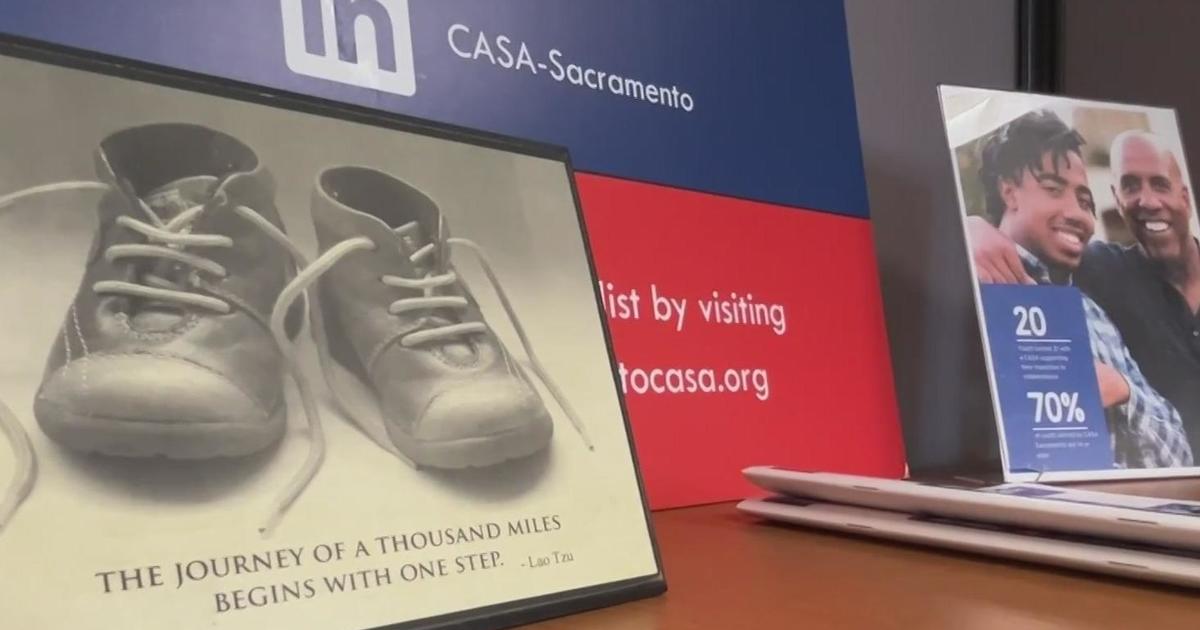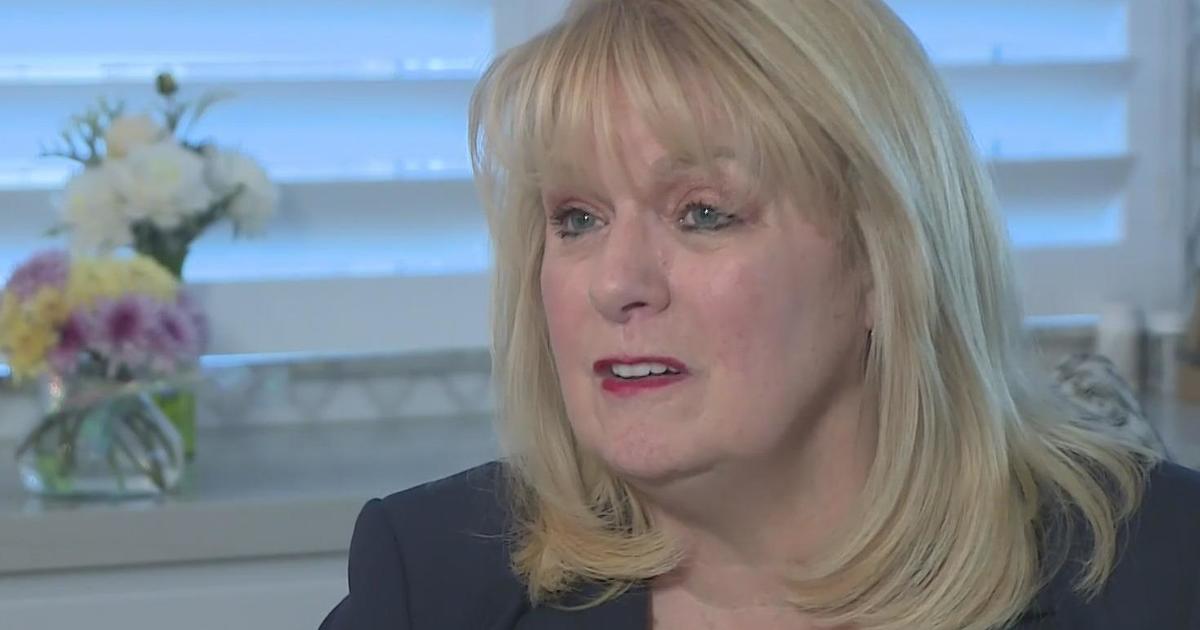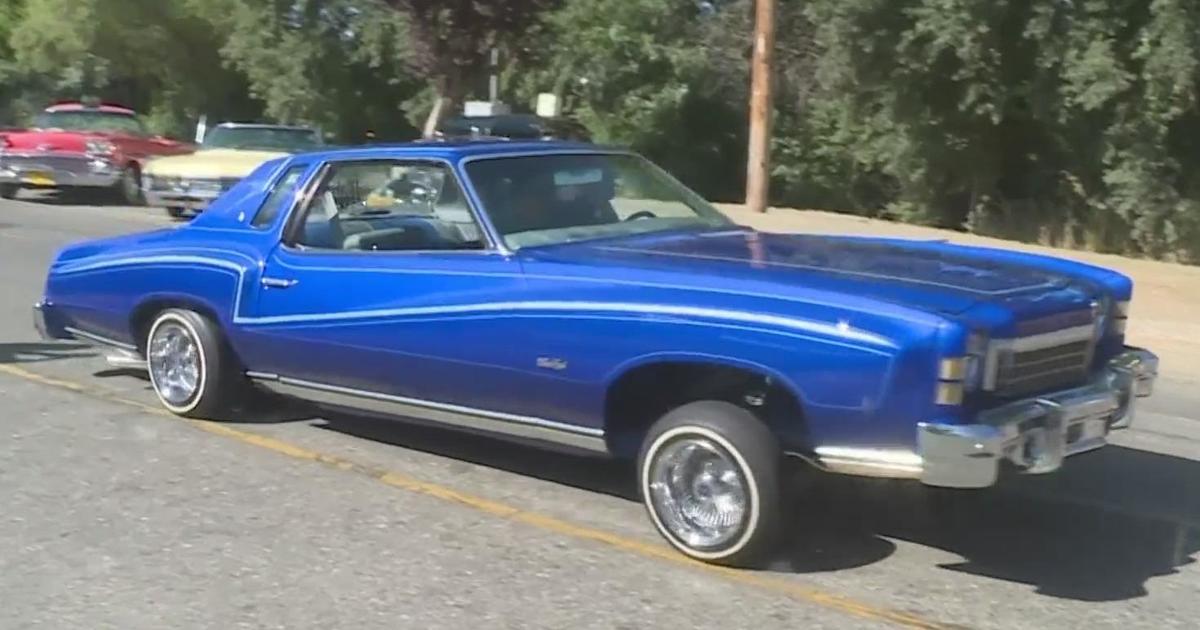Mutual Aid System Spreads Fire Support Across California, But Not Too Thin In Communities
SACRAMENTO (CBS13) — Firefighters from across California are pulled in when big wildfires break out across the state as part of a unique mutual aid program the state has used for decades.
As the Corrine Fire burned in Madera County, firefighters from Sac Metro Fire were there on the fire lines.
"To know that you can grab resources from another part of the state that are more than willing to come and help, that's huge 'cause that's what's going to contain the fire," said Capt. Michelle Eidam.
During the busy fire season, California's Office of Emergency Services will be constantly dispatching crews, including Metro Fire as part of its fire and rescue mutual aid system.
"This is a very unique program," Cal OES Director Mark Ghilarducci. "There's no other state in the country that has this kind of program."
The state is divided up into six regions. If a fire starts in Placer County, the fire agencies immediately surrounding it will be the first to help.
"Once we have the initial strike teams that go out from the surrounding community, then we'll start to look at the region, that larger perspective so that we have a balance," he said.
But they don't want to tap out one region and leave it understaffed if there's another emergency. That's when firefighters from other regions, sometimes hundreds of miles away, are called to help.
"If the fires get so much, so big, we can go out of state, we can even go out of country which we've done in the past for firefighters to support us here in California," he said.
OES has 130 engines strategically stationed at fire departments across the state. Those departments can use the engines in their own operations, but in return they must staff the engines and respond when OES calls for mutual aid. But only if they can handle it.
"We are going to send crews out, but at the same time, we will backfill those spots," Eidam said. "So we're not leaving big, gaping holes anywhere."
The state pays for the engines, while the staffing is split between state and federal agencies, depending on whose command they fall under.



